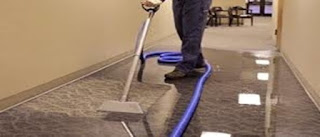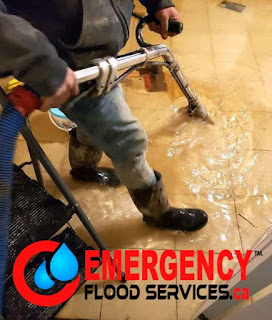Water Extraction and the Issues Involved
Problems with getting water
Most home owners and property
managers take pride in maintaining their home and / or building and pay
particular attention to precautions. However, there are some problems that
cause water
damage cleanup services and
require water withdrawal that even the most industrious of people cannot avoid.
Problems such as leaky pipes, leaky kettles, broken flush, and overflowing
toilets are just some of the scenarios you might encounter.
Taking water from a leak is much
different than most people think. People mistakenly believe that if they dry
the water right around the leak and feel and look dry somewhere else, that's
fine. Unfortunately, water flows through the smallest holes and / or cracks. It
runs down the wall and seeps under the carpet. Since standing water can get
moldy, it is important to make sure all the water is drained!
When there is a leak, water often
flows to the next floor. The water then enters a hole in the wall and, if it is
a commercial building, fills the C-channel that holds the metal frame. If the
walls are insulated, the insulation acts like a sponge and holds water for
weeks or even months, depending on the conditions. To make matters worse, foil
insulation actually forms a barrier to prevent moisture from escaping. To solve
this problem, the first thing you need to do is to make sure that standing
water is taken from all materials and areas. For this purpose, use a hygrometer
as well as your eye to follow the path that water can take. A humidity meter is
a device used by restoration companies that allows them to measure the humidity
level in most materials and provide accurate and reliable readings. Most
insurance companies check numbers upon company arrival and after restoration is
complete to make sure the job is done properly and completely. Like Sherlock
Holmes, responsible water restoration companies will use their humidity meter
to test any areas that may be visible or may be wet. The basic rule is never to
assume that something isn't wet; Better to test now and run into problems
later!
Water can also enter adjacent
rooms. Many property owners and property managers use their hands to determine
if the carpet is wet. When they feel the carpet is dry, they don't notice that
water has run down under the carpet and / or mat. To solve this problem, a
restoration company used a humidity meter to determine if the carpet was wet.
In this case, they lift the carpet and draw water out.
As with all wet materials, the
next step after extraction is to include a fan and a commercial dryer to dry
out the area where there is standing water. This shopping opportunity works
much more efficiently and effectively than household items you can buy at your
local hardware store.
In conclusion, never assume that
something is dry on your hands. The walls and floor underneath may still be
wet. It is important to note that wet / dry vacuum cleaners and fans may not
draw all the water out of the leak. Water leaks, missed or improperly carried
out in certain areas, can cause secondary problems such as mold growth, doors,
and damage to walls and floors.
For More Details Visit Us: water
extraction services



Comments
Post a Comment